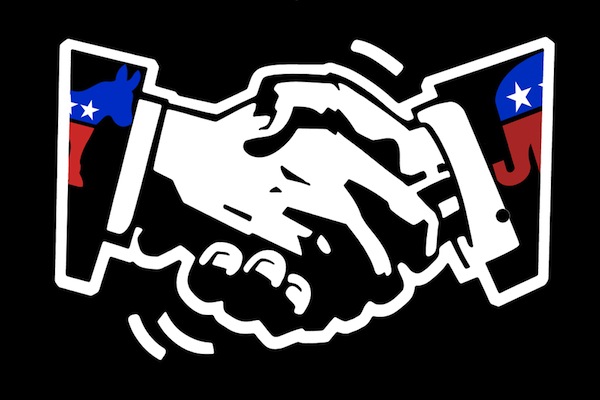Obama Signs Fiscal Cliff Bill Into Law… But Just What Did We Get?


U.S. fiscal history was made Wednesday night, as President Obama signed into law the bill to avert the fiscal cliff. America had watched and waited the past two months for a law that might preserve tax increases on the middle class and extend unemployment benefits. Congress finally answered Jan. 1—one day after the deadline—with a bill that keeps intact Bush-era tax cuts for individuals earning less than $400,000 and families with total earnings less than $450,000 per year and extending federal unemployment insurance for millions who still struggle to find work. But will this be a history we want to remember? The overall feeling is no.
For starters, the earnings threshold dividing middle class and the rich was markedly higher than Obama and Democratic leaders had hoped. Under the proposed $250,000 cap, less than 2 percent of tax filers would have seen taxes rise in 2013. But according to the Tax Policy Center, just 0.6 percent of joint filers—965,000 households—have income exceeding $500,000, the closest estimate to the earnings cap in the new law. Changing the threshold eliminated about 28 percent of the income that would have been subject to higher taxes. Taxpayers earnings more than the capped amounts will face a new tax rate of 39.6 percent in 2013.
The payroll tax cut was allowed to expire. Therefore, employees will pay a higher portion of their paychecks toward Social Security in 2013—and see their net earnings cut as a result. The rate, which changes from 4.2 percent to 6.2 percent, will affect the rich less than middle- and lower-class earners because Social Security only taxes up to $113,700 of wages. A worker earning $60,000 will pay $100 more per month in Social Security taxes based on the new rate, or $1,200 annually.
What is most disappointing under the deal, however, is all the pork that was added in the final moments. In fact, according to CBS News correspondent Wyatt Andrews, the bill was passed so quickly many in Congress didn’t even realize it was full of special interest tax breaks. From a $2,500 tax credit for consumers who purchase electric scooters to a program that allows race track owners to deduct more than $40 billion annually for track and park depreciation, the law intended to reduce the deficit ultimately added $74 billion in spending through tax law changes.
Granted some of the tax breaks that remain are important to the some of the neediest Americans. Childcare credits, earned income credits and higher education credits—which help single mothers, poor families and those paying for college—were all extended.
The exemption for estate tax was also left at $5 million, benefiting those not among the wealthy who inherit family farms and other property and estates. Taxes above that level rise from 35 to 40 percent, however. Still, some experts had expected the exemption to be dropped to just $1 million.
Taxes may have been addressed in the deal, but Obama and Congress face another battle in the next two months. The new law only extends the timetable to address spending cuts, such as the sequester, that were to take effect Dec. 31. Legislators must deal with the debt ceiling by February or risk the U.S. defaulting on its debt. Republican lawmakers are ready for another showdown.
“Our opportunity here is on the debt ceiling,” Senator Pat Toomey (R-Penn.) said on MSNBC. “We Republicans need to be willing to tolerate a temporary, partial government shutdown, which is what that could mean.”
For his part, Obama—who signed the fiscal cliff deal into law using an automatic pen—has called for “a little less drama” during the next round of budget negotiations as they try and tackle the nation’s $16 trillion in debt.
“While I will negotiate over many things, I will not have another debate with this Congress about whether or not they should pay the bills they have already racked up,” Obama said before he flying back to Hawaii to resume an interrupted holiday vacation with his family.
[Image via Shutterstock]









































